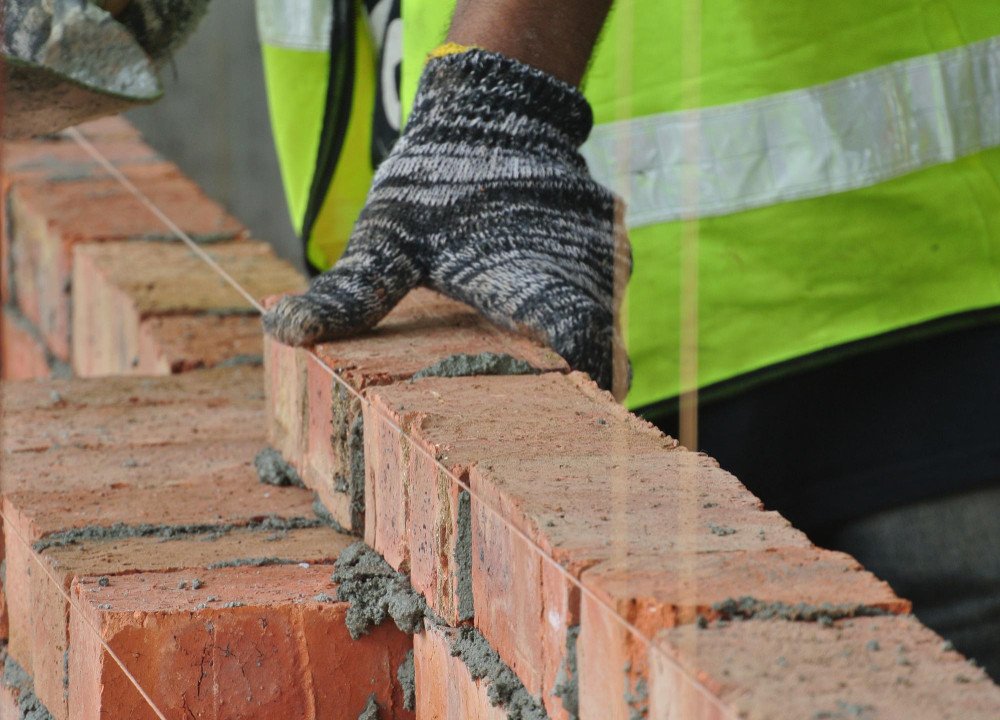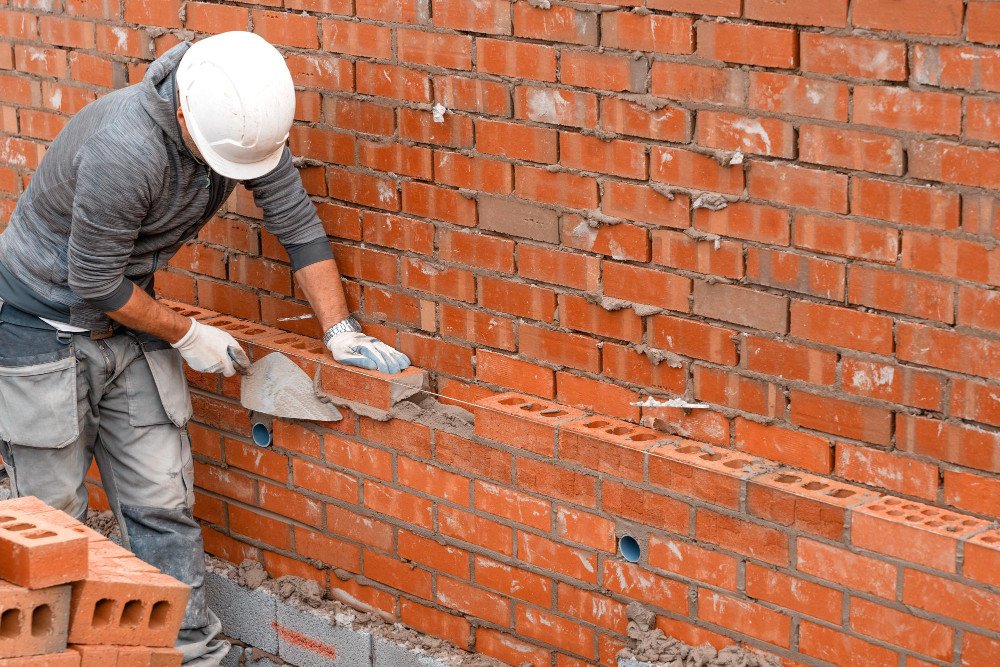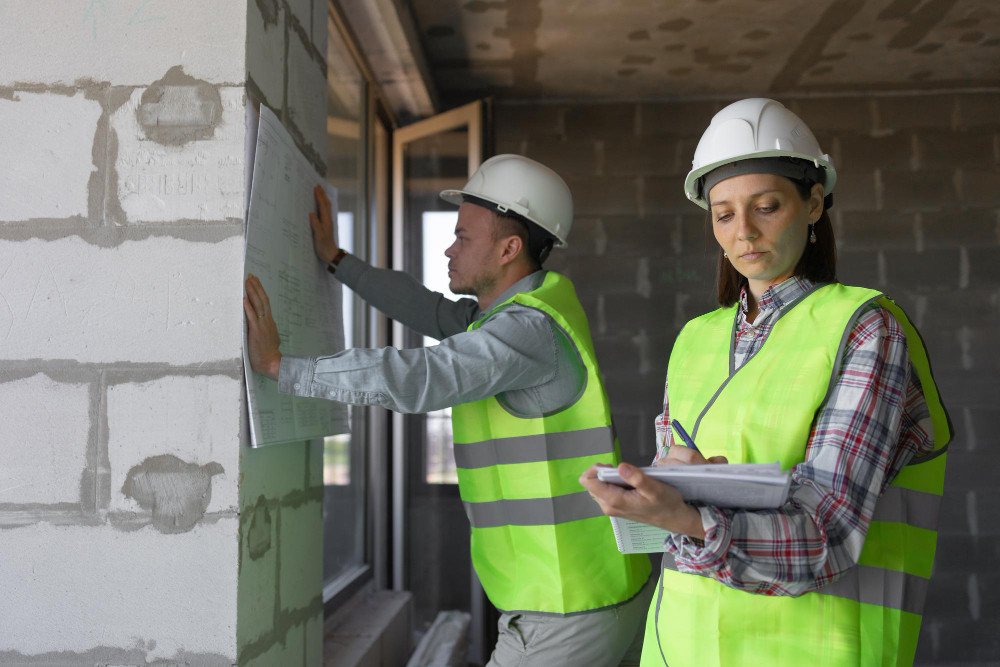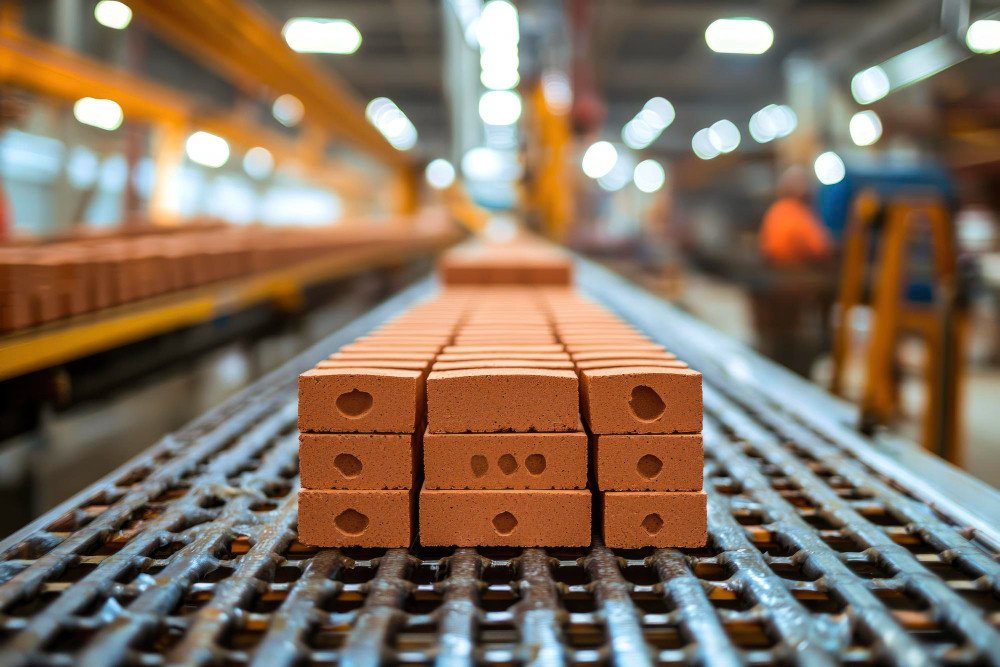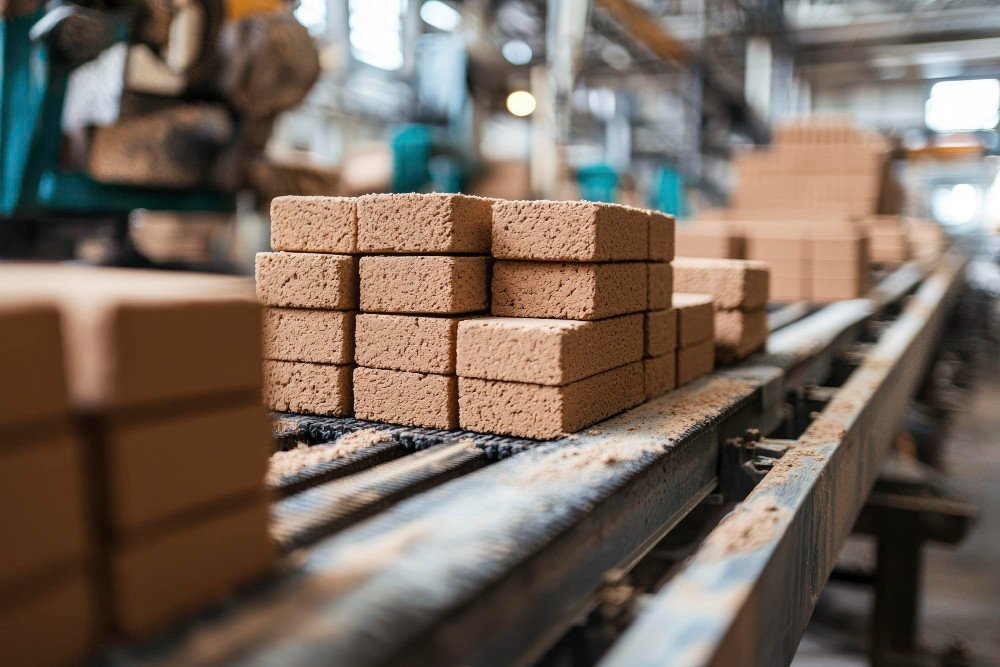BrickLaying
Topics of Interest
Tips and Ideas |
Cost Estimation |
Key Considerations |
Trends and Techniques |
During the fixing of bricks or blocks , several technical considerations are important to ensure durability, stability, and compliance with building regulations. Here are the key aspects to keep in mind:
Tips and Ideas
Material
Standards: Ensure that the bricks or blocks meet UK standards, such as those
set by the British Standards Institution (BSI). Check for relevant
certifications.
Mortar
Specification: Use the appropriate type of mortar for your specific application
(e.g., sand-cement mortar, lime mortar). The mix should comply with relevant
standards, like BS 5628 for masonry structures.
Foundation and
Footings: Verify that the foundation is suitable for the type of wall you are
building. Ensure it is deep enough and adequately designed to support the load.
Wall Thickness:
Follow building regulations regarding the minimum wall thickness, which often
varies based on the type of construction and intended use.
Frost
Resistance: In areas prone to frost, use frost-resistant bricks or blocks and
appropriate mortar mixes to prevent damage during freeze-thaw cycles.
Drainage and
Damp Proofing: Incorporate damp proof courses (DPC) and ensure proper drainage
to prevent moisture penetration. Follow regulations to mitigate rising damp.
Insulation Requirements:
Consider thermal insulation requirements as outlined in Part L of the Building
Regulations. Ensure that walls meet energy efficiency standards.
Structural
Integrity: Assess the structural requirements, including the need for lintels
over openings. Use appropriate materials to support loads above doors and
windows.
Expansion
Joints: Include expansion joints where necessary to accommodate movement,
especially in long runs of wall or when transitioning between different
materials.
Workmanship:
Ensure skilled workmanship throughout the process. Consistent joint thickness,
proper alignment, and adequate bonding are crucial for a stable structure.
Weather
Considerations: Be mindful of weather conditions during installation. Avoid
laying bricks or blocks in heavy rain or extreme temperatures, which can affect
mortar curing.
Compliance with
Regulations: Familiarize yourself with relevant UK building regulations,
including structural safety (Part A) and fire safety (Part B), to ensure
compliance.
By keeping
these technical considerations in mind, you can help ensure that your brick or
block work is safe, durable, and compliant with UK standards.
Expansion Joints: Include expansion joints where necessary to accommodate movement, especially in long runs of wall or when transitioning between different materials.
Workmanship: Ensure skilled workmanship throughout the process. Consistent joint thickness, proper alignment, and adequate bonding are crucial for a stable structure.
Weather Considerations: Be mindful of weather conditions during installation. Avoid laying bricks or blocks in heavy rain or extreme temperatures, which can affect mortar curing.
Compliance with Regulations: Familiarize yourself with relevant UK building regulations, including structural safety (Part A) and fire safety (Part B), to ensure compliance.
By keeping these technical considerations in mind, you can help ensure that your brick or block work is safe, durable, and compliant with UK standards.
Cost Estimation
The cost of
hiring a bricklayer can vary based on several factors, including location,
experience, and the complexity of the work. Here’s a general breakdown of
costs:
Hourly Rate: |
|
Bricklayers
typically charge between £20 and £40 per hour, depending on their experience
and location. |
Day Rate: |
|
A bricklayer
might charge around £150 to £250 per day. |
|
Cost per
1,000 Bricks: |
|
When pricing
for bricklaying work, costs can also be quoted per 1,000 bricks laid. This
typically ranges from £700 to £1,200 for standard bricklaying, depending on
complexity and location. |
|
Project Size: |
|
For small
jobs (like repairing a wall), costs may start from £500 to £1,500. |
|
For larger
projects (like building an extension), costs can escalate to £5,000 to
£15,000 or more, depending on the size and complexity. |
When hiring a
bricklayer, it’s essential to conduct thorough research and vet potential
candidates. Make sure to consider qualifications, experience, communication,
and cost estimates. Overall, a clear agreement and understanding of the work to
be done will lead to a successful project.
Key Considerations When Hiring
Hiring a
bricklayer requires careful consideration to ensure you find the right
professional for your project. Here are some important factors to consider:
Qualifications and Experience
Check
Credentials: Ensure the bricklayer has relevant qualifications and experience.
Look for trade certifications and evidence of completed projects.
Portfolio of
Work: Ask to see previous work to assess their skill level and quality.
Specialization
Type of Work:
Some bricklayers may specialize in certain types of work (e.g., new builds,
repairs, restoration). Ensure they have experience relevant to your project.
References and Reviews
Client
Feedback: Ask for references from previous clients and check online reviews to
gauge their reputation and reliability.
Search for the
Trusted Trade People on https://buildersvalley.com/
At Builders
Valley you can find a verity of professional trade persons not only you indeed
even any kind you may need in future.
Insurance and Guarantees
Liability
Insurance: Ensure the bricklayer has public liability insurance to cover any
accidents or damage during the work.
Work Guarantee:
Inquire if they provide a guarantee for their work, which can offer peace of
mind.
Availability
Scheduling:
Discuss their availability and how long the project is expected to take. Ensure
they can commit to your timeline.
Communication
Skills
Clear
Communication: Choose someone who communicates well, as this will help
facilitate a smoother project.
Cost Estimates
Detailed Quote:
Request a detailed written quote that includes labour, materials, and any
additional costs. This will help you compare prices and avoid hidden fees.
Contract
Written
Agreement: Always have a written contract that outlines the scope of work,
payment terms, and timeline to protect both parties.
Trends and Techniques
If you are interested and wants to know what new trends are in then must read this topic and keep following Builders Valley platform.
In the UK
market, several trends are emerging in the bricklaying industry that reflect
changes in construction practices, sustainability, and design preferences. Here
are some notable trends:
Sustainable
Materials:
There’s a growing emphasis on using
eco-friendly materials, including recycled bricks and those made from
sustainable sources. Builders are increasingly looking for options that reduce
the carbon footprint.
Modular and
Pre-fabricated Brick Systems:
Prefabrication is becoming popular, where
brick components are manufactured off-site and assembled on-site. This can
speed up construction times and improve quality control.
Innovative Bond
Patterns:
Designers are experimenting with different
bond patterns and layouts, moving beyond traditional styles to create unique
aesthetics. This includes herringbone, stacked, and other creative
arrangements.
Smart
Technology Integration:
The use of
technology in bricklaying, such as drones for site surveys and advanced
machinery for laying bricks, is on the rise. This tech helps improve efficiency
and precision in the construction process.
Thermal
Performance:
There is an
increasing focus on building designs that enhance thermal performance,
including the use of thicker walls, insulation, and bricks designed to improve
energy efficiency.
Heritage
Restoration:
With many
historic buildings in the UK, there's a trend towards restoring and preserving
traditional brick structures using authentic materials and techniques.
Urban
Regeneration Projects:
As cities evolve, bricklayers are often
involved in urban regeneration projects, creating modern developments that
blend with historical architecture.
Training and
Skills Development:
There’s a push for more training programs to
ensure that new bricklayers are skilled in modern techniques and sustainable
practices, addressing skills shortages in the industry.
Community and
Public Spaces:
More projects are focusing on creating public
spaces and community buildings that incorporate brick as a primary material,
emphasizing durability and aesthetics.
These trends
reflect broader changes in the construction industry, driven by sustainability,
technology, and design innovation.
In the UK, the
popularity of brick colours can vary based on regional preferences,
architectural styles, and current design trends. However, some colour choices
tend to be favoured more consistently:
Red Bricks:
Traditional red bricks are timeless and widely
used in many regions, especially in older buildings. They are often associated
with classic British architecture.
Buff or Yellow
Bricks:
Buff and yellow
bricks have gained popularity, particularly in urban areas. They are often used
in modern designs and can provide a softer look compared to traditional red
bricks.
Grey Bricks:
With the rise of contemporary architecture,
grey bricks have become increasingly popular. They are often used in modern
builds and can create a sleek, minimalist aesthetic.
Brown Bricks:
Earthy tones,
including various shades of brown, are also popular. They can blend well with
natural surroundings and are often used in residential and commercial projects.
Black and
Charcoal Bricks:
Dark-colour
bricks, such as black or charcoal, are gaining traction in modern designs,
providing a striking contrast and a bold statement.
Multi colour or
Mixed Bricks:
Some builders
and designers are opting for bricks that combine different colours, adding
texture and visual interest to facades.
Overall, the
choice of brick colour often depends on the intended style of the building, its
location, and the preferences of the homeowners or developers. Trends can shift
over time, but these colours are commonly favoured in the UK market.

